- +91 91000 65552
- +91 92810 19252
- contact@respliceinstitute.com
- Mon-sat 10:00 -18:00
It is a unique condition related to how some people’s brains work. People with autism have a different way of perceiving and thinking compared to most of the population. For example:
People with autism may notice details that others miss, or they may miss details that most people see. They may feel light, sound, or touch more intensely than others. It is not a fault or something bad; it is just a unique way of understanding, feeling, and behaving.
Every person with autism is distinctive in their way—some may love talking, some may be completely quiet, some may be good at drawing, and some may be good at math. That is why it is called the Autism ‘Spectrum,’ which means a band of colors like in a rainbow.
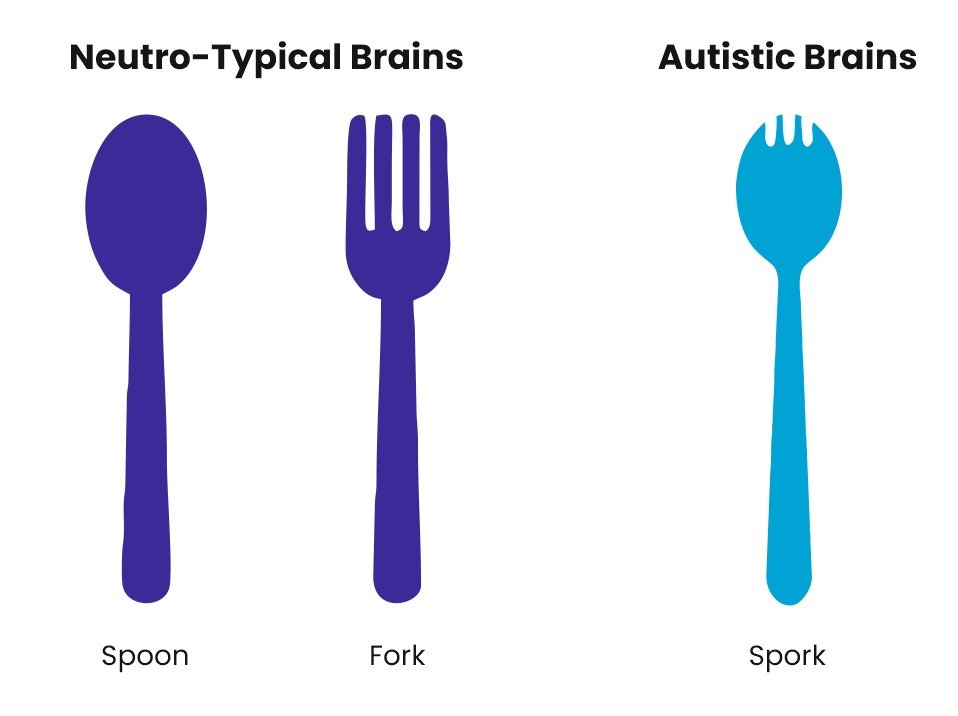
Because every individual is different, the term Autism Spectrum Disorders is used to reflect this wide range of expressions. As more families and professionals become aware, autism awareness and treatment services are also growing, helping children receive help earlier and better.
As autism is a “spectrum,” i.e., it looks different in everyone, we don’t really talk about “types” of autism anymore. Instead, we look at the level of support the child needs. For example:
Level 1 (Needs a mild level of support):
The child comfortably plays and talks with other children and adults in a small group but becomes very nervous and unable to do the same in a big group. They have trouble understanding and following social rules. The child can do most of the tasks independently, but needs help with certain tasks like using public transport, etc.

Level 2 (Needs moderate level of support):
These children have behaviors that are seen as odd, like flapping hands or making noises when upset. They would need help in starting conversations and handling sudden changes in their daily routines. They have significantly atypical behaviors like walking away in the middle of conversations, etc. These are the children who often benefit from applied behavior analysis therapy or behavioral therapy for autism, depending on individual needs.

Level 3 (Needs a lot of support):
These children have trouble understanding others’ feelings and social behavior; they get disturbed easily by light, sound, touch, etc. They have severe communication problems and repetitive behaviors. They need help with doing everyday routines like brushing, toileting, dressing, etc. Such children often start with early intervention programs to help them manage basic functions.

We can find signs of autism in children in three primary areas:
They are unique when it comes to interacting with others, e.g. -
Therapies like speech therapy for autism and social skills training for children can help develop communication in such cases.
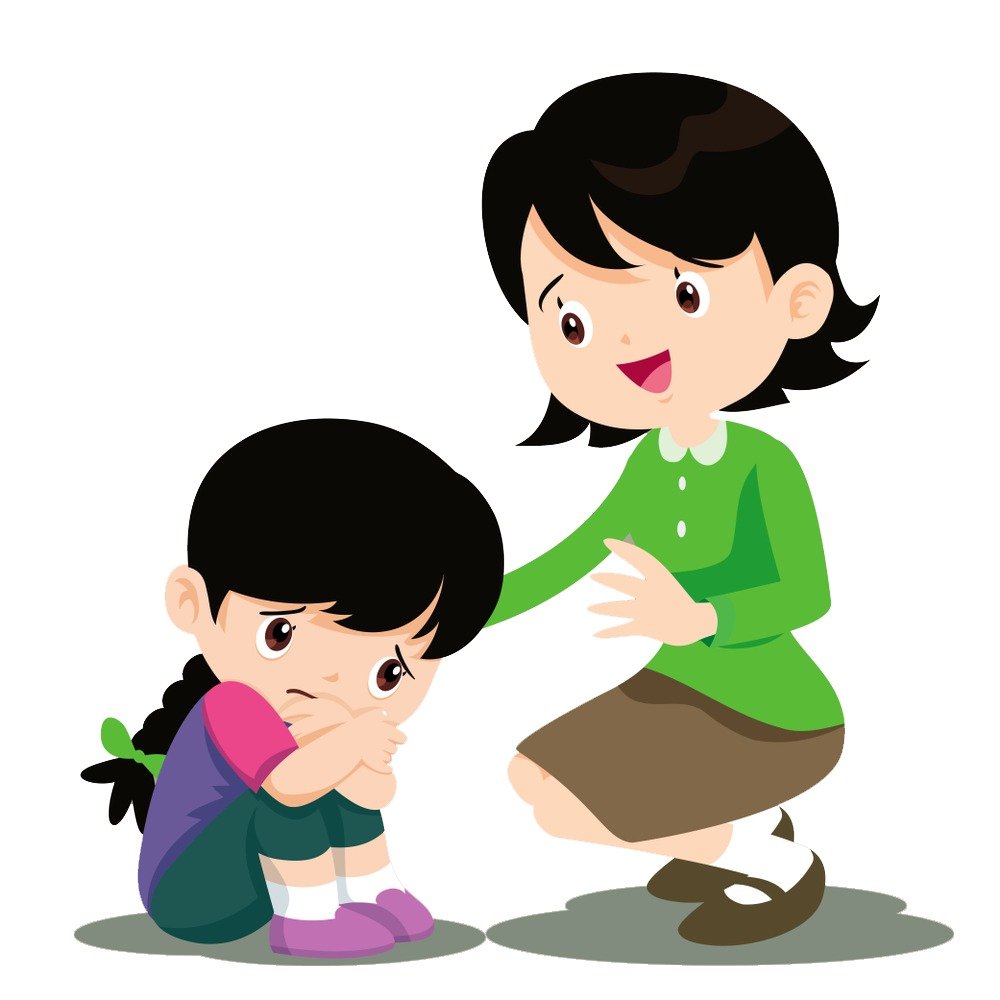
Their behaviors are noticeably different compared to most people, e.g. -
These are all included in the broader category of autism symptoms, and often help clinicians make an autism diagnosis.
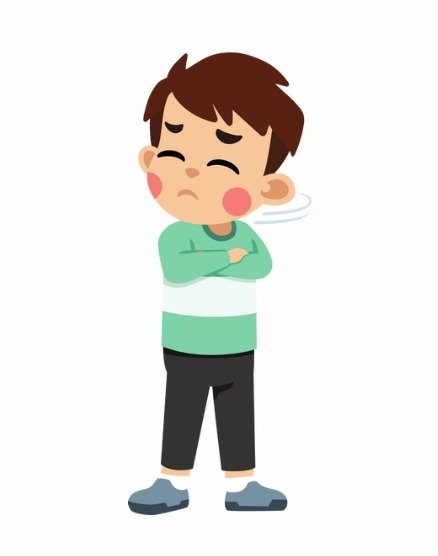
Their perception through their 5 senses, body balance, and awareness is unlike most people, e.g.-
In such cases, sensory integration therapy is often found helpful.
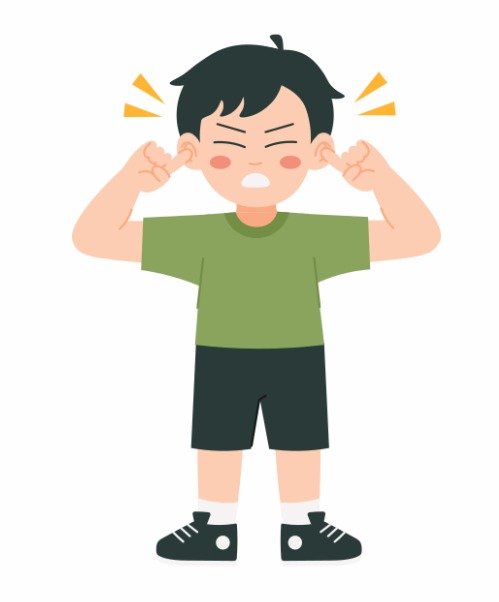
Autism isn’t caused by something a parent did or didn’t do. There are no known fixed or single causes of autism. Sometimes, genetics and environmental toxins affect the brain development of a baby during pregnancy, which leads to a variation in how the brain and its wiring develop. Autistic kids are born, not made. It has always been this way. Some families choose to go for a genetic test for autism to understand if the condition is inherited, and more research into the causes of autism continues to give us deeper insight into the developing brain.
About 1 in 100 children worldwide have autism. Autism has always existed in this world, and many famous personalities in history have exhibited autistic features. As doctors and teachers have become better at detecting the signs and symptoms of autism due to higher awareness, the numbers seem to go up. Autism happens in every country, culture, and community, and thanks to growing autism awareness and treatment services, many children today get the support they need much earlier than before.
There is no blood test or scan for autism. But doctors and psychologists use tools like:
Done by pediatricians during early childhood
Done by psychologists and therapists who observe the child’s behavior, communication, social interaction, and development.
These evaluations are part of standard autism spectrum disorder therapy planning and help parents begin the right path toward structured support.
It is like a training program for the brain where different experts come together to help a child with autism learn different skills. When the child undergoes regular therapies, their brain grows stronger and overcomes weak areas. Some of the therapies are:
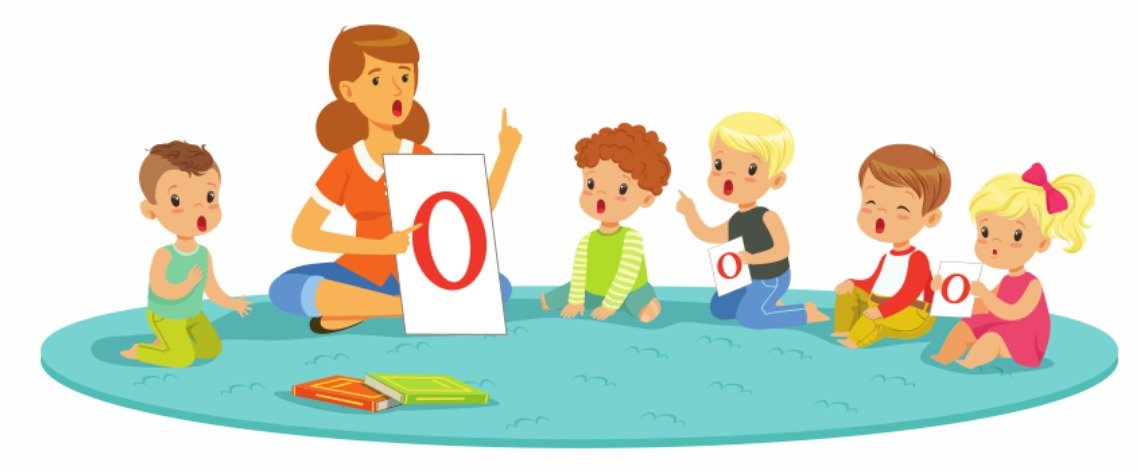
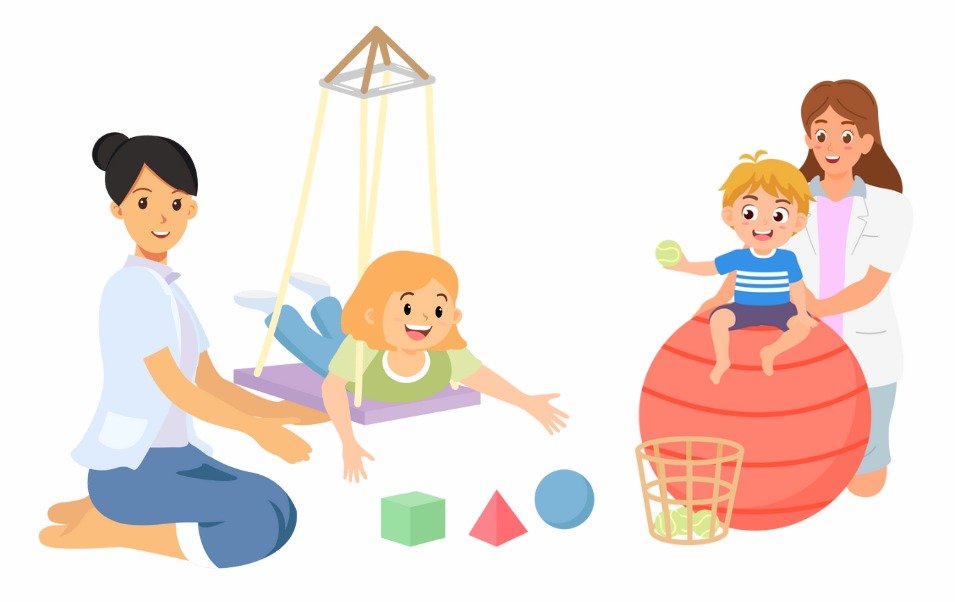

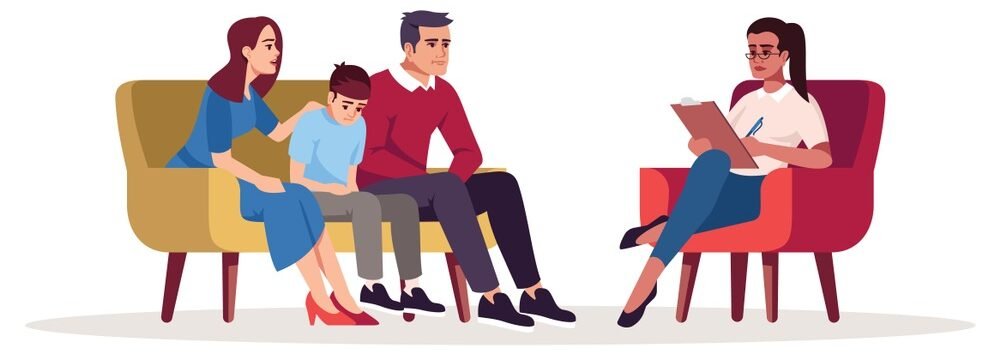
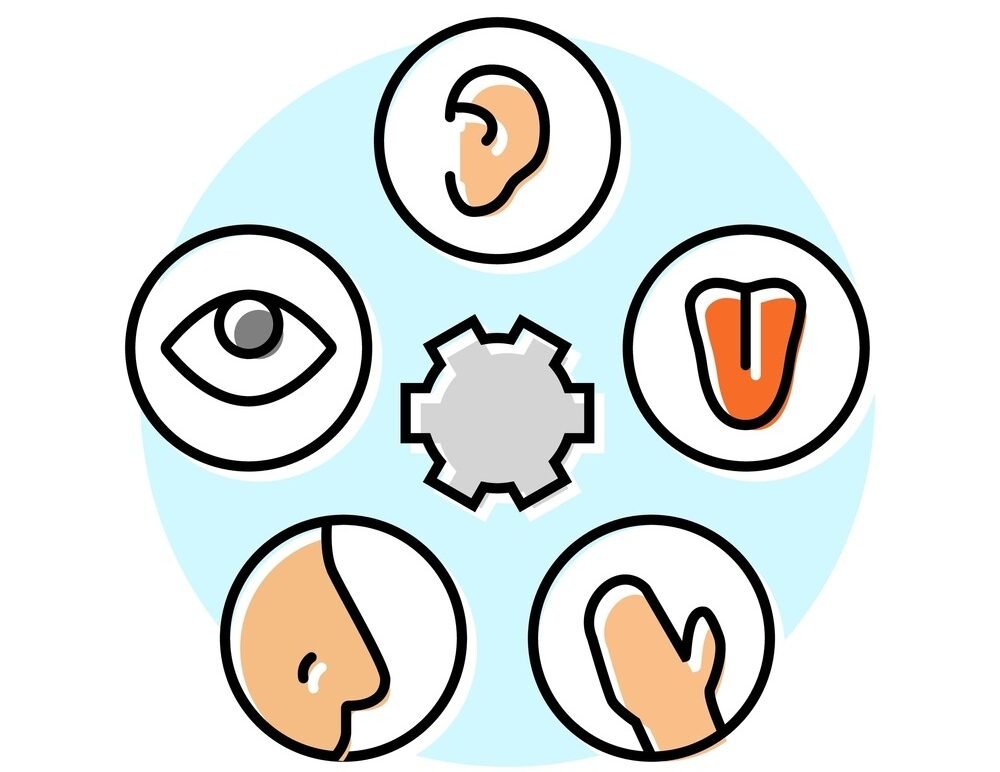
Although there is no medicine to cure autism, doctors sometimes prescribe medicines to help with some of the associated issues, like hyperactivity, anxiety, aggression, self-harm, severe mood swings, and sleeping issues. Here, the doctors may prescribe antipsychotics, ADHD medications, or medications to aid with sleep issues. These medicines are used along with therapy to help the child stay calm, feel more comfortable, and participate in therapy more effectively. This is often referred to as part of the autism medical treatment.
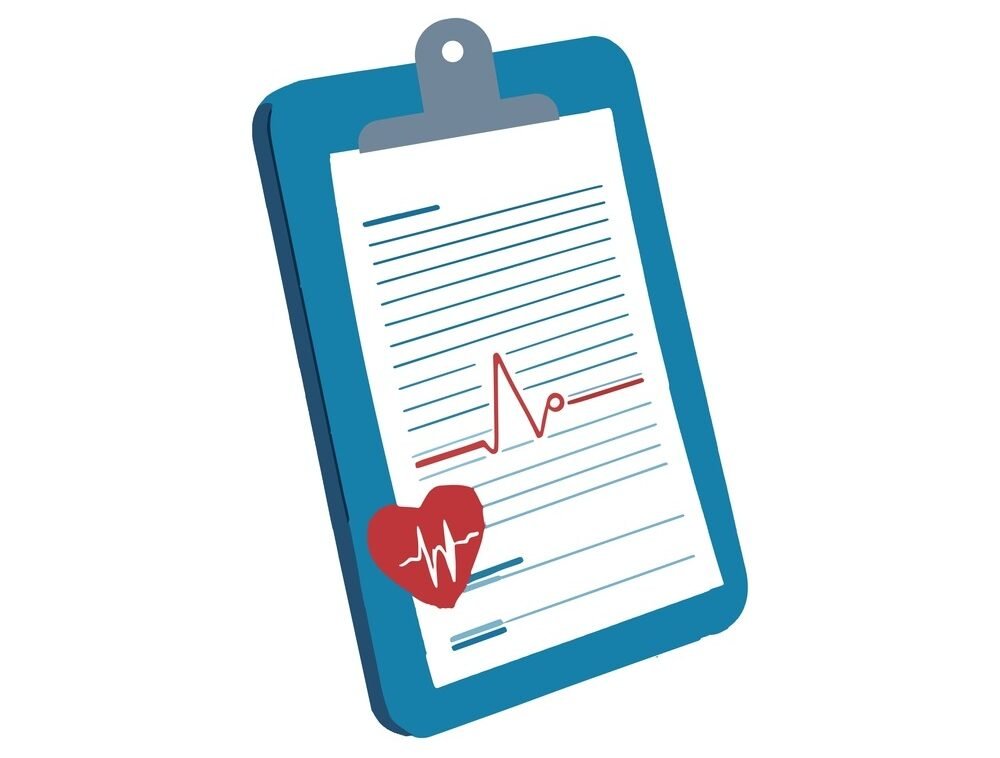
It is a system of medicine using extremely diluted natural substances, given in very tiny doses. It is believed to be gentle and non-invasive. It is currently being used to reduce symptoms like anger and anxiety issues, sleep problems, attention difficulties, hyperactivity, stomach problems, etc. Doctors are still studying how well it works for autism, and it is usually used alongside therapies, not as a replacement. While it is not part of mainstream autism treatment, many families explore it as a complementary approach.

In this method, herbs, massages, oils, and diet are used to balance the body, improve brain function, support digestion, reduce toxins, and calm the nervous system. With this treatment, some children may become calmer, sleep better, and show improved digestion. It is natural and holistic, and like homeopathy, Ayurveda is supportive—not a cure—and should be used alongside mainstream therapy. Some families include it in their child’s broader autism treatment plan.
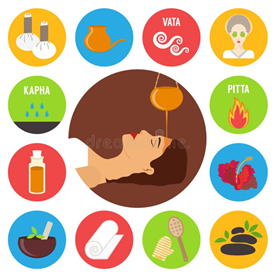
Many autistic children have stomach problems like digestion issues, constipation, gas, or loose stools, etc., which cause discomfort and lead to anxiety, anger, and behavioral issues. In this method, doctors take the healthy germs (good bacteria) from a healthy person’s gut and gently introduce them into the gut of a child who might not have enough of those good germs. The idea is that fixing the gut might also help with things like mood, sleep, and even behavior. Some children feel calmer and more focused afterward. This method is formally known as fecal microbiota transfer or FMT for autism.
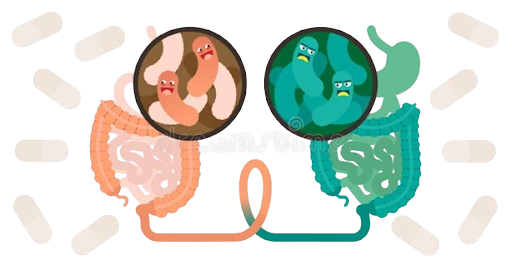
Stem cells are special cells that can transform into any kind of cell in our body. Doctors inject them into the bloodstream of the child. The idea is that these special cells will help in repairing or calming parts of the brain that affect behavior and communication, and reduce inflammation in the nervous system, which can help with various issues children with autism suffer from. Though still under study, stem cell therapy for autism is gaining attention as an experimental intervention.
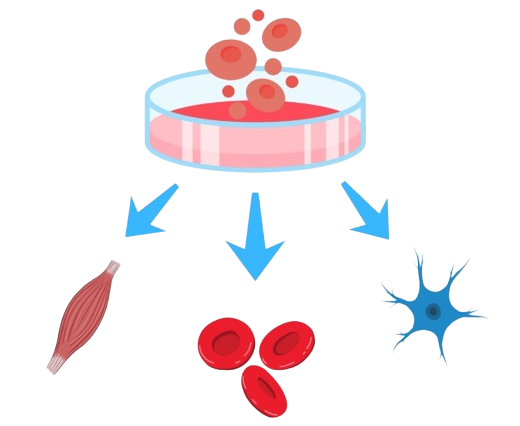
Toxins are suspected to be one of the causes of autism, and some believe that children with autism have high levels of toxins or metals. In this medical process, special drugs or chemical injections are used to remove heavy metals (like lead or mercury) from the body. This treatment should be taken only if metal poisoning is diagnosed by a doctor. It’s not routine, and it must be medically justified.
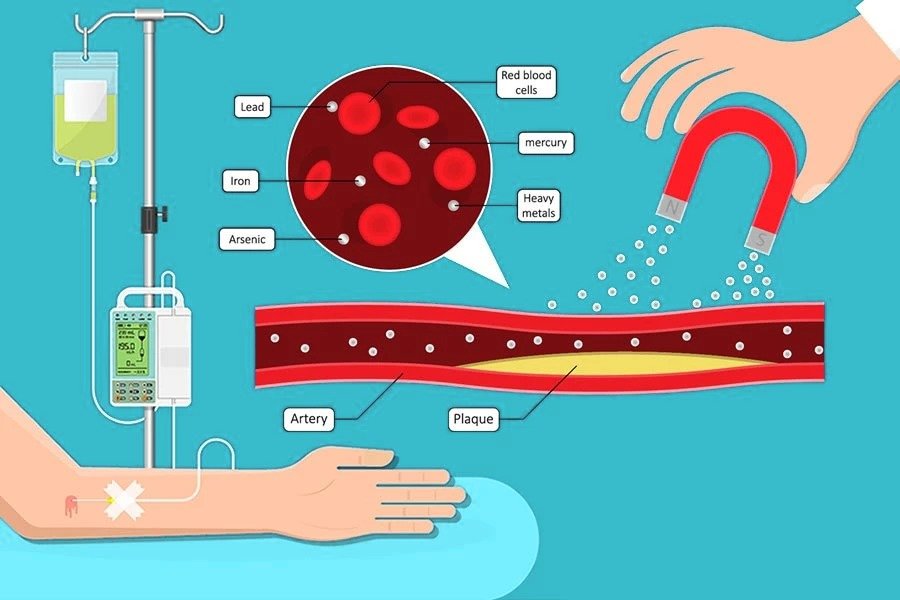
Also known as Hyperbaric Oxygen Therapy, here the child sits in a special room or chamber, or with the help of a tube, breathes pure oxygen. It is supposed to increase oxygen to the brain, reduce inflammation, and help brain cells function better. It is supposed to improve sleep patterns and help with behaviour issues. Though considered an alternative, it is part of emerging autism research breakthroughs.
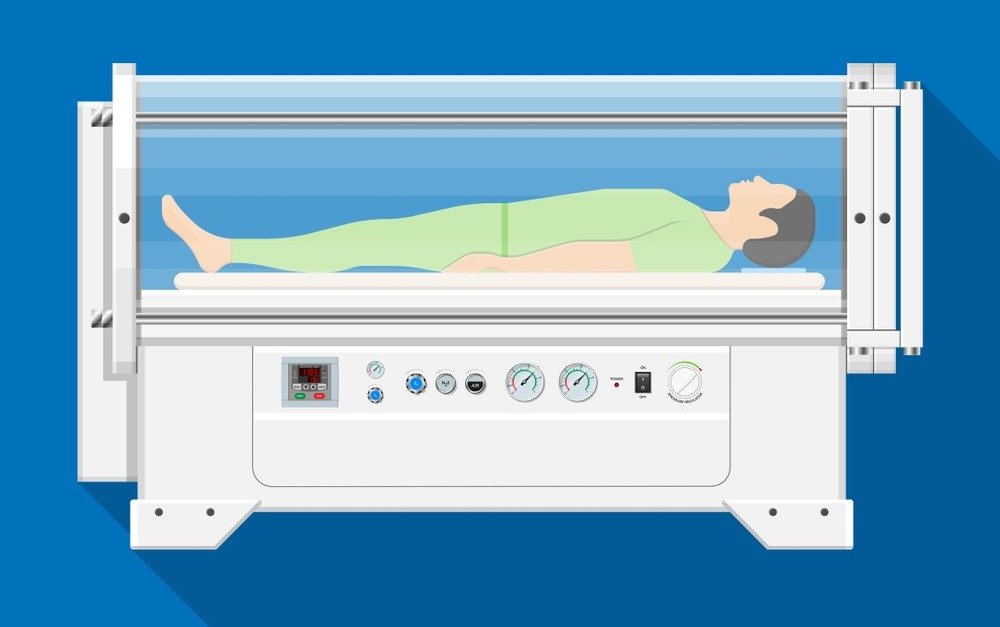
Also called Neurofeedback, in this therapy, electronic sensors are used to help a child learn to control their body or brain. The child wears a headband with sensors that show brainwaves on a screen while the child watches a movie or plays a game that rewards calm, focused brain activity. It is supposed to help with attention, focus, sleep, anxiety, mood, and behavior regulation. It’s non-invasive and safe, but results can take time and vary across children.
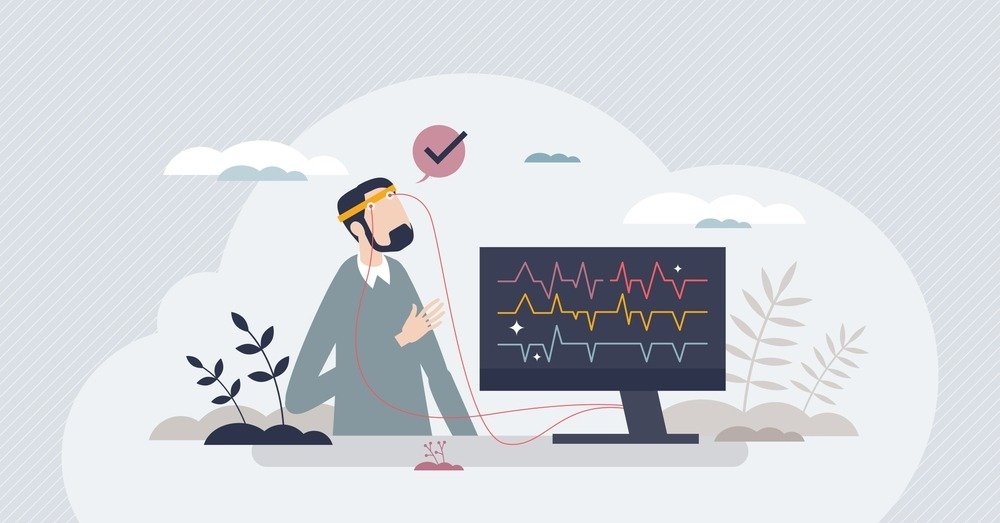
Functional medicine doctors look at the whole child, not just autism, but how their body systems work together. They often test for food allergies & sensitivities, vitamin/mineral deficiencies, gut health, sleep or hormone problems, exposure to toxins, etc. Based on the results, they may suggest diet changes, supplements, probiotics, digestive enzymes, improved sleep routines, and lifestyle changes. This approach may help with energy, mood, sleep, digestion, and even behavior. It doesn’t treat autism directly but supports overall health, making space for early intervention for autism and therapy to work more effectively.
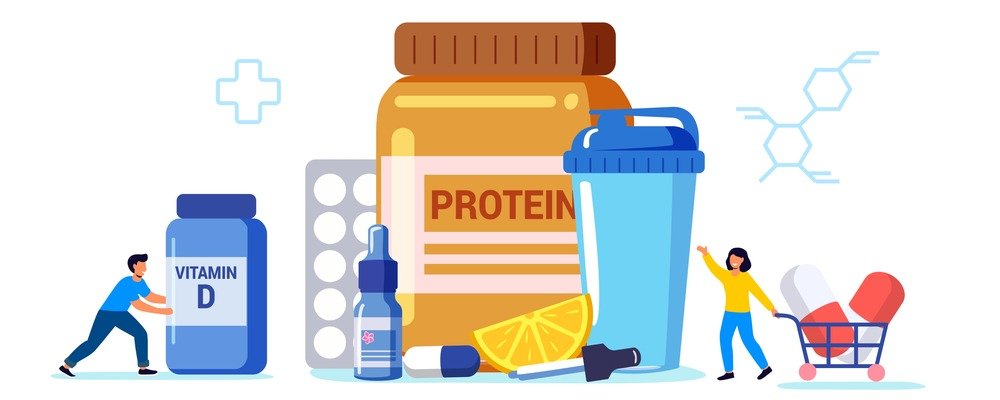
At Resplice Autism Research Institute, doctors use a treatment called Gut Microbiota Transplantation (GMT) to help children with autism, especially those who also struggle with stomach problems, sleep issues, irritability, and behavior challenges.
The big idea: Our gut (stomach and intestines) is filled with tiny living germs called bacteria, most of which help us digest food, keep our immune system strong, and even send signals to our brain. This is called the gut-brain connection. In many autistic children, these bacteria are not balanced—what we call gut dysbiosis—and that may affect how they feel, behave, or even think.
GMT works by transferring healthy bacteria from the poop of a healthy child (called a donor) into the gut of the autistic child. Over time, these new “good” bacteria settle into the child’s gut, help fix imbalances, and support better overall health.
What Makes GMT at Resplice Special? Here’s what makes the process safe, careful, and unique at Resplice:
Not just anyone can be a donor. At Resplice, donor screening is done using a set of international medical guidelines (called the International Stool Banking Consensus) and gut microbiome test. This includes:
Unlike other places that use adult donors, Resplice uses donors under age 12. Why?
Every day, fresh stool is collected from the child donor in a germ-free, gamma-sterilized container (which means it’s super clean). Here’s how it’s handled:
The treatment isn’t done just once—multiple infusions are given over weeks to slowly reshape the autism gut-brain axis or the communication between gut and brain. Why? Because it takes time for the new bacteria to settle in, multiply, and take over the unhealthy ones in the child’s gut. Gradually, this reshapes the entire gut microbiome, which can lead to:
GMT is not about changing who someone is. It’s about helping the body and brain work together more smoothly by fixing what's going on in the gut. At Resplice, this is done scientifically, safely, and with compassion, always as part of a bigger plan that includes therapy, nutrition, and emotional support.
Not just anyone can be a donor. At Resplice, donor screening is done using a set of international medical guidelines (called the International Stool Banking Consensus) and gut microbiome test. This includes:
Unlike other places that use adult donors, Resplice uses donors under age 12. Why?
Every day, fresh stool is collected from the child donor in a germ-free, gamma-sterilized container (which means it’s super clean). Here’s how it’s handled:
The treatment isn’t done just once—multiple infusions are given over weeks to slowly reshape the autism gut-brain axis or the communication between gut and brain. Why? Because it takes time for the new bacteria to settle in, multiply, and take over the unhealthy ones in the child’s gut. Gradually, this reshapes the entire gut microbiome, which can lead to:
GMT is not about changing who someone is. It’s about helping the body and brain work together more smoothly by fixing what's going on in the gut. At Resplice, this is done scientifically, safely, and with compassion, always as part of a bigger plan that includes therapy, nutrition, and emotional support.
One child who came to Resplice had autism and was struggling with poor sleep, constipation, and constant meltdowns. Even after months of therapy, he wasn’t showing much progress. After testing showed gut problems, the doctors started him on GMT. Over a few weeks, we observed that his stomach issues improved, he started sleeping through the night, and his behavior became much calmer. His parents noticed he was making more eye contact, playing more, and slowly starting to talk better. The progress wasn’t overnight, but it was real.
GMT is not a magic cure. But at Resplice, it’s used as a safe, science-based treatment to support children with autism, especially when gut-related symptoms are involved. By healing the gut, we hope to reset the gut–brain connection and help the child feel better inside and out. It must be done by trained experts, with proper tests and hygiene, and it works best when used along with regular therapy and support at home.
Signs of autism can emerge as early as 12 to 18 months, but screening typically begins around 18 months during regular pediatric visits. A formal diagnosis can often be made by age 2 or 3, depending on the severity of symptoms and access to specialists. Early diagnosis opens the door to early support, which can make all the difference in developmental outcomes. Think of it like noticing a plant needs a different kind of soil—you don’t change the plant, you enrich the environment.
No, autism is not something to be "cured." It's a lifelong neurodevelopmental identity. But just as glasses help a nearsighted person navigate the world, early therapies can ease communication struggles, reduce distress, and build confidence. The goal is not to “fix” your child—it’s to understand their wiring and help them thrive.
Absolutely not. Autism has nothing to do with parenting styles, emotional neglect, or screen exposure. It is primarily rooted in genetics and brain development, shaped before birth. Blaming parents only fuels guilt and misinformation. In fact, many autistic children flourish precisely because of their parents’ fierce advocacy and deep intuition.
GMT involves introducing healthy gut bacteria into the digestive tract to restore microbial balance. When done under strict clinical protocols, it is considered safe and promising, especially for children with autism-related gut issues like constipation, bloating, or food sensitivities. Resplice uses carefully screened child donors and sterile lab processing to ensure safety. It’s not a standalone cure—but it can support mood, focus, sleep, and behavior when used alongside therapies.
For many children, yes. Certain diets—like gluten-free, casein-free, or low-oxalate—may reduce inflammation or ease digestive discomfort. But these should be guided by a pediatric nutritionist or functional medicine expert, not random internet trends. A balanced, gut-friendly diet, tailored to the child’s sensory preferences, can support therapy outcomes and general well-being.
Most likely, if they struggle with verbal communication, social use of language, or comprehension. A skilled speech-language pathologist can work on articulation, vocabulary, comprehension, and even alternative communication tools like PECS or AAC devices. Remember: communication is more than speech. Some children express love with their eyes, their hands, or a shared smile before they ever speak a word.
Yes—with individualized support plans in place. Inclusive education policies now enable many children with autism to thrive in regular classrooms, especially when teachers are trained and open-hearted. However, some children may benefit more from special education environments—and that’s okay too. Inclusion is not about geography; it’s about dignity, support, and learning that fits the child.
Ideally, every 6 to 12 months, or whenever a major developmental change occurs. Just like shoes, therapies can outgrow their usefulness. A plan that worked for a 3-year-old may not suit a 6-year-old. Regular reviews help adjust intensity, switch strategies, and ensure the child isn’t just getting therapy—but growing through it.
Eye contact is a cultural and sensory construct. For many autistic children, making eye contact feels intrusive, even painful. It's not a sign of disconnection—it’s a different way of engaging. Instead of demanding eye contact, watch for other signs of connection: shared laughter, imitation, bringing you toys, or gentle touches.
Yes. Girls are often underdiagnosed because their signs may be subtler. They may mimic peers, internalize anxiety, or develop intense “socially acceptable” fixations (like animals or books). They may seem shy or quirky rather than obviously autistic. Clinicians are now learning to recognize how autism expresses differently across genders.
Autistic children may also face challenges like ADHD, anxiety, epilepsy, GI issues, or sleep disturbances. These are not part of autism itself, but they often coexist and influence how a child feels and functions. A holistic approach—looking at the whole child, not just the label—is key.
No, but they can outgrow certain challenges with the right support. Think of autism not as a phase, but as a permanent operating system. Children grow, adapt, and learn over time. What was once a struggle may later become a strength. The goal is not “normalcy”—it’s self-awareness, autonomy, and joy.
Yes—when the time is right and the conversation is respectful. Knowing they’re autistic can help a child understand themselves, not feel broken. Use age-appropriate language and frame it as a different way of experiencing the world. The earlier you embrace it, the more empowered they will feel.
Meltdowns are not tantrums—they’re neurological storms, not acts of rebellion. Your child is overwhelmed, not misbehaving. In those moments, focus on safety, calmness, and nonverbal comfort—a weighted blanket, a quiet room, or just sitting beside them in silence. Later, reflect gently, without shame. Meltdowns are messages.
You’ll need patience, flexibility, and a willingness to unlearn many social norms. There will be days of frustration and fear—but also days of joy that are deeper than words. Expect surprises. Expect to be changed. Your child is not behind—they are walking a different path. And you are walking it with them.
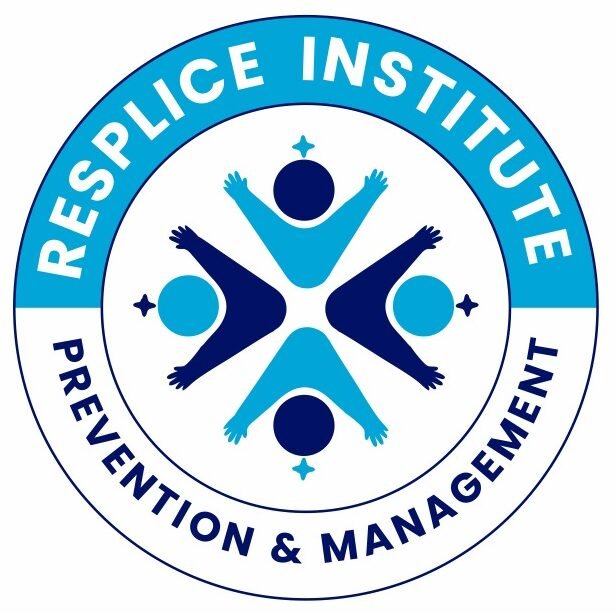
Resplice Institute is India’s first integrated center offering autism therapy, gut microbiome treatment, and preventive health planning. We combine science and empathy to heal lives from the root.
© 2025 respliceinstitute.com || All Rights Reserved